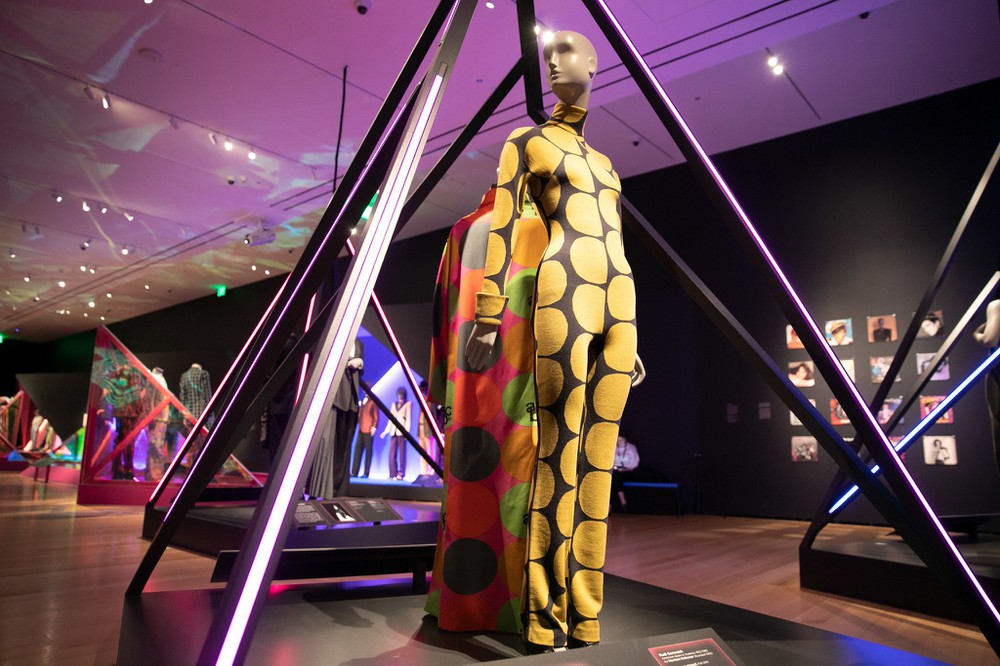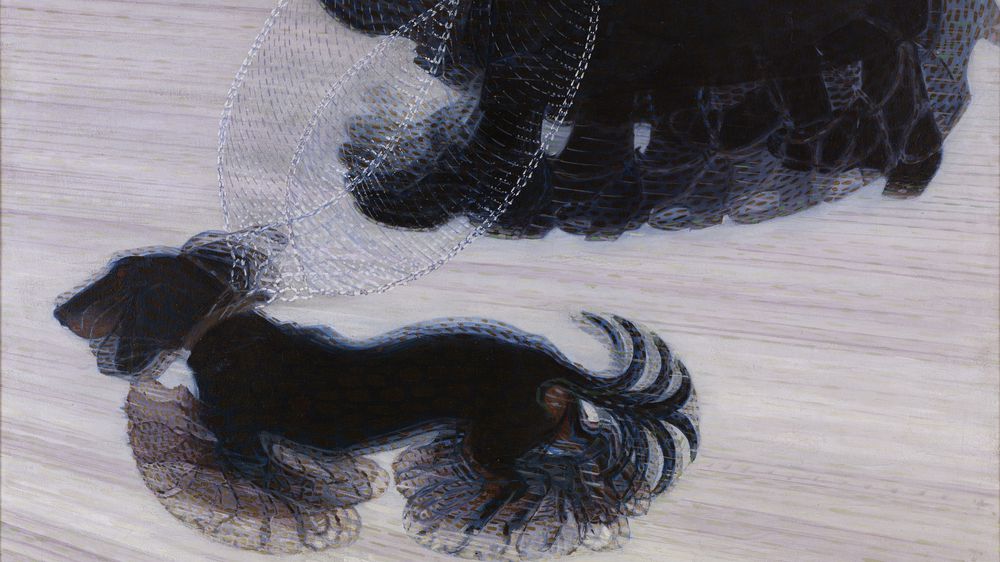Futurism
Futurism was launched in 1909 with the publication of a radical manifesto written by Italian poet Filippo Tommasso Marinetti. As a writer, rather than visual artist, his focus was on language and ‘outdated’ literary convention. He denounced the past, epitomized by stuffy museum collections, celebrating instead the dynamism of modernity and the power of modern technology. He also worshiped the creative energy of violence as a tool that could usher in a bold new future. A group of Milanese painters embraced his ideas and issued their own Futurist Manifesto in 1910. Most important among them were Umberto Boccioni, Giacomo Balla and Gino Severini. Their Futurist paintings and sculptures sought to capture the impression of speed as well as ‘simultaneity’, whereby successive phases of movement were depicted within the same picture plane. Regular subjects included rapidly moving trains, cars and animals, along with swirling crowds of people. For a movement that had welcomed the outbreak of war in 1914, its brutal realities proved a sobering shock. With the death of Boccioni in 1916, Futurism petered out. Nonetheless, it had already inspired Vorticism in Britain, Suprematism in Russia and influenced the birth of Dadaism.
Editorial (1)

Blurring Binaries, Fascist Art, the Hiscox Report & More
Each week, we scour the internet for the most significant, surprising, and outrageous art news—helping you stay informed (an…
Artists (1)

Umberto Boccioni
Italian, 1882–1916Playlists (3)



Taudalpoi: Featured Works II


